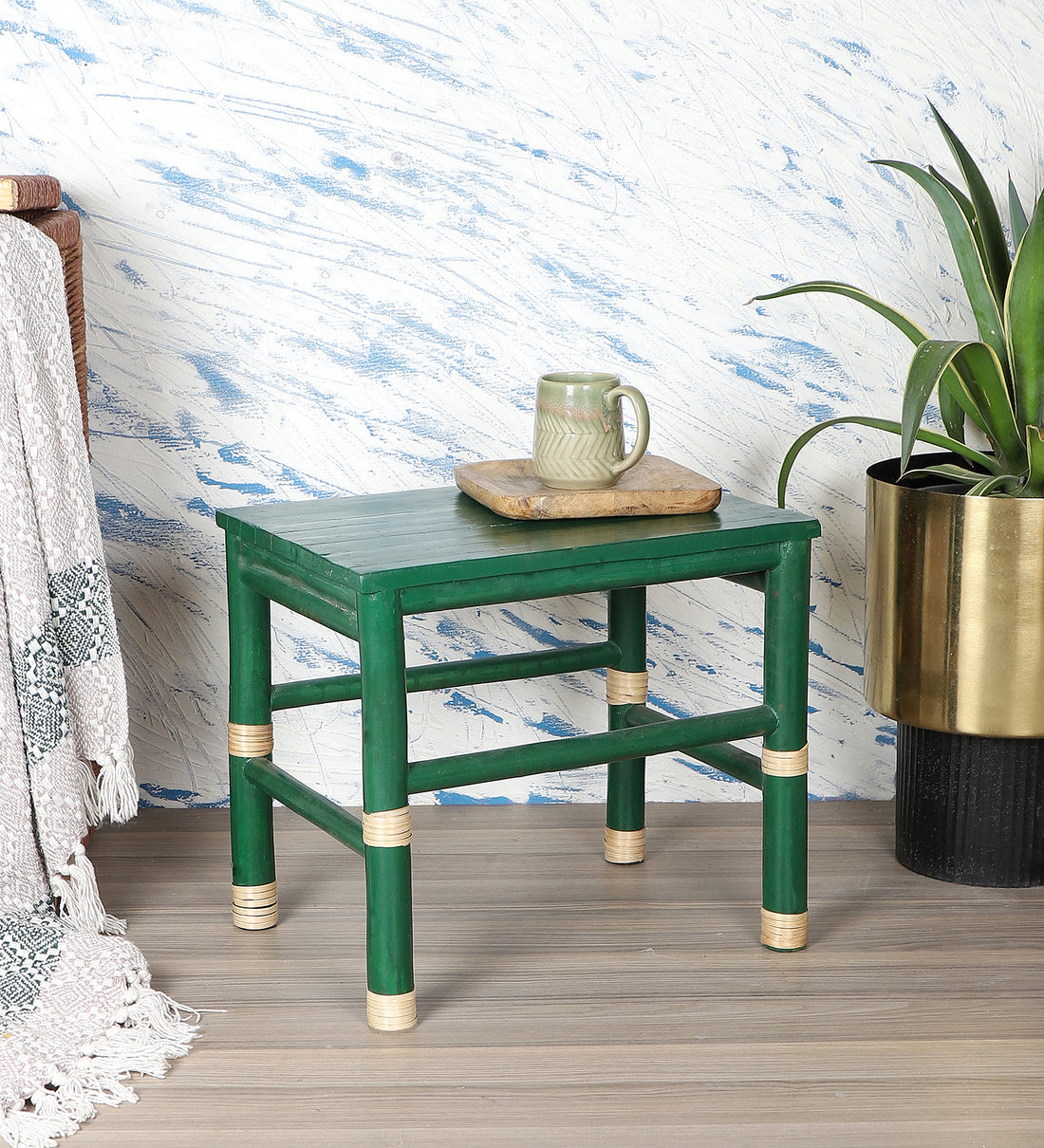
Bamboo Furniture vs. Wood Furniture: A Comprehensive Comparison
Compartir
When it comes to choosing furniture for your home, the options can be overwhelming. Two of the most popular choices are bamboo furniture and wood furniture. Each of these materials has its own unique characteristics, benefits, and drawbacks. In this article, we’ll dive deep into the comparison of bamboo and wood furniture to help you make an informed decision that suits your lifestyle and needs.
1. Introduction to Bamboo and Wood Furniture
Furniture is an essential part of our living spaces, contributing to both functionality and aesthetics. Traditionally, wood has been the go-to material for crafting furniture. However, in recent years, bamboo has emerged as a strong contender in the market. Understanding the differences between bamboo and wood furniture is crucial for anyone looking to furnish their home in an eco-friendly and stylish manner.
2. The Basics
Bamboo furniture is made from the bamboo plant, which is technically a type of grass, not a tree. Bamboo is known for its rapid growth, often reaching maturity within 3 to 5 years. This makes it a sustainable resource that is becoming increasingly popular in eco-conscious markets.
Wood furniture, on the other hand, is made from the wood of trees, such as oak, maple, cherry, pine, and many others. Wood has been used for centuries to create durable and classic pieces of furniture that stand the test of time.
3. Sustainability
One of the most significant advantages of bamboo over wood is its sustainability. Bamboo grows much faster than traditional hardwood trees, making it a more renewable resource. A bamboo plant can be harvested multiple times during its lifespan without causing harm to the environment.
In contrast, hardwood trees take decades, sometimes even centuries, to mature. This slow growth rate means that once a tree is cut down, it takes a long time to replace it. As a result, deforestation is a major concern when it comes to wood furniture production.
4. Durability
Durability is a key factor when choosing furniture. Bamboo, despite being a type of grass, is surprisingly strong and resilient. In fact, bamboo has a higher tensile strength than many types of wood, making it less likely to crack or warp over time. Additionally, bamboo furniture is resistant to moisture and insects, which can extend its lifespan in humid environments.
Wood furniture, especially when made from hardwoods like oak or maple, is also highly durable. However, wood can be prone to scratches, dents, and damage from pests like termites. The durability of wood furniture largely depends on the type of wood used and the quality of craftsmanship.
5. Aesthetics
The aesthetic appeal of furniture plays a significant role in the decision-making process. Bamboo furniture offers a modern, minimalist look that is light and airy. Its natural color ranges from pale yellow to a light tan, though it can be stained or treated to achieve different shades. The unique texture and grain of bamboo make it an attractive choice for contemporary interiors.
Wood furniture is valued for its classic and timeless appearance. Wood offers a wide variety of colors, grains, and finishes, allowing for a greater degree of customization.
6. Cost Considerations
When it comes to cost, bamboo furniture tends to be more affordable than high-quality wood furniture. The faster growth rate of bamboo means that it is more readily available, which helps to keep prices lower. Additionally, the manufacturing process for bamboo furniture is generally less complex than that for wood furniture, further reducing costs.
Wood furniture, particularly those made from hardwoods, can be quite expensive. The long growing period of hardwood trees, combined with the labor-intensive process of crafting wood furniture, often results in higher prices
7. Environmental Impact
In today's world, environmental impact is a major consideration for many consumers. Bamboo is widely regarded as an environmentally friendly material due to its rapid growth and renewability. Bamboo forests can be replanted easily, and the plant's root system helps to prevent soil erosion.
The production of wood furniture, particularly from non-sustainable sources, has a significant environmental footprint. Deforestation, habitat destruction, and carbon emissions are all associated with traditional logging practices.
8. Maintenance and Care
Maintenance is another important aspect to consider when choosing furniture. Bamboo furniture requires relatively low maintenance. It can be cleaned with a simple mixture of water and mild soap, and regular dusting will keep it looking fresh. However, bamboo furniture should be kept away from direct sunlight to prevent fading and drying out.
Wood furniture, depending on the type of wood and finish, may require more regular maintenance. Polishing, conditioning, and sometimes refinishing are necessary to maintain its appearance. Wood is also more susceptible to water damage, so spills should be wiped up immediately to prevent stains and warping.
9. Versatility
Bamboo furniture is incredibly versatile. Its lightweight nature makes it easy to move, and it can be used both indoors and outdoors. Bamboo furniture is especially popular in spaces that aim for a zen or tropical aesthetic, such as patios, sunrooms, or contemporary living spaces.
Wood furniture is equally versatile but in a different way. Its sturdiness makes it suitable for almost any room in the house, from the bedroom to the dining room.
10.Making the Right Choice
In the battle between bamboo furniture and wood furniture, there is no definitive winner it ultimately comes down to your personal preferences, budget, and environmental concerns. Bamboo furniture is an excellent choice if you are looking for something sustainable, affordable, and modern. It offers a unique aesthetic, durability, and low maintenance.On the other hand, if you value timeless beauty, durability, and are willing to invest in a long-lasting piece, wood furniture might be the better option for you. When making your decision, consider the specific needs of your space and how the furniture will be used. Both bamboo and wood furniture have their unique strengths, and by weighing the pros and cons, you can select the option that best fits your lifestyle.
